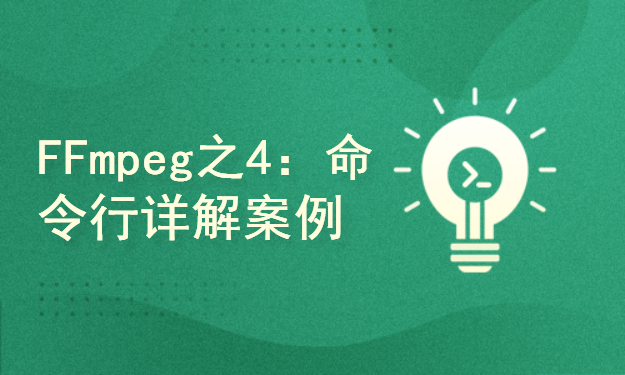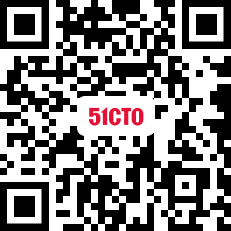-
Best selling package -
Selected Package -
Popularity package -
Exclusive package -
High salary package
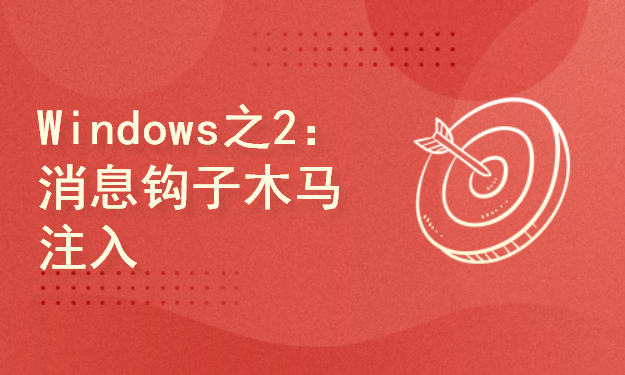
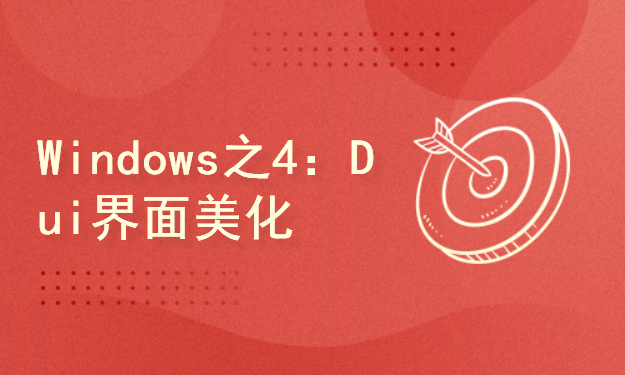
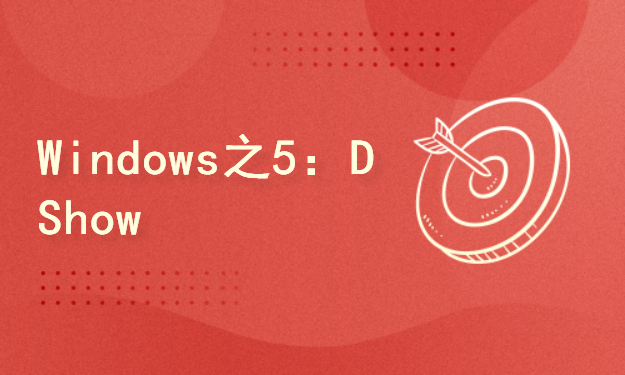
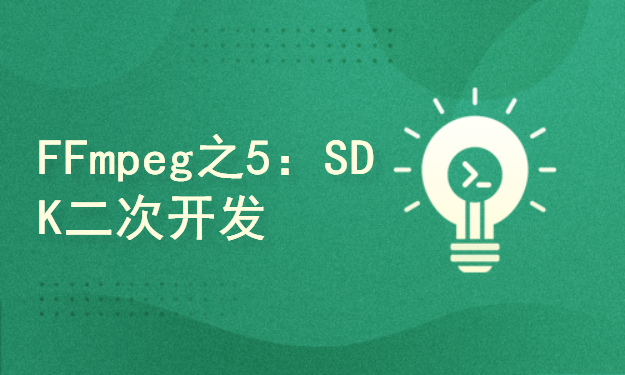
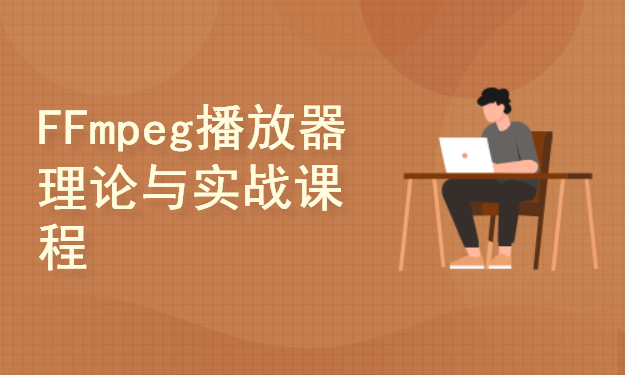
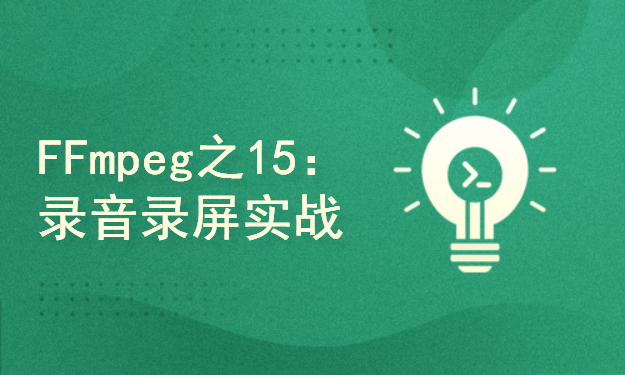
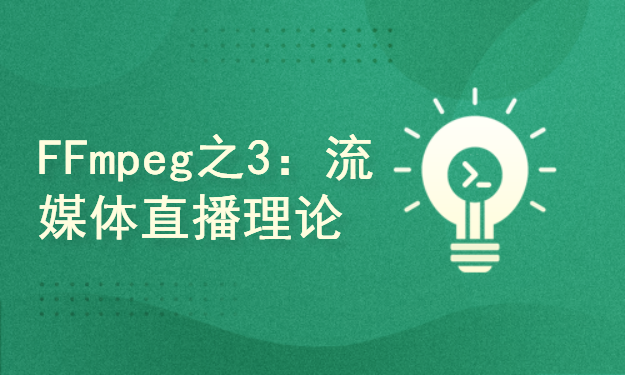
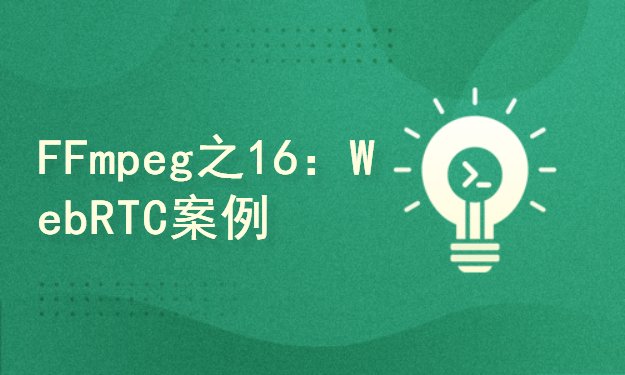
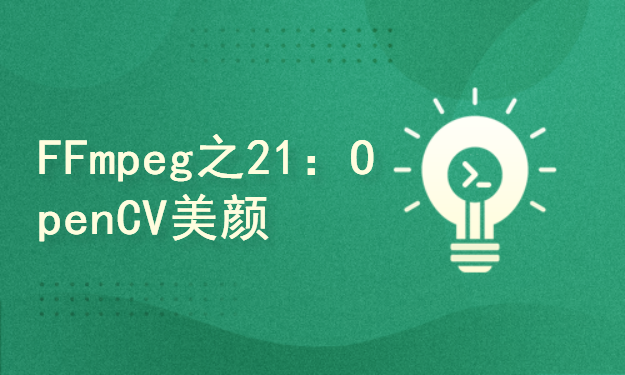
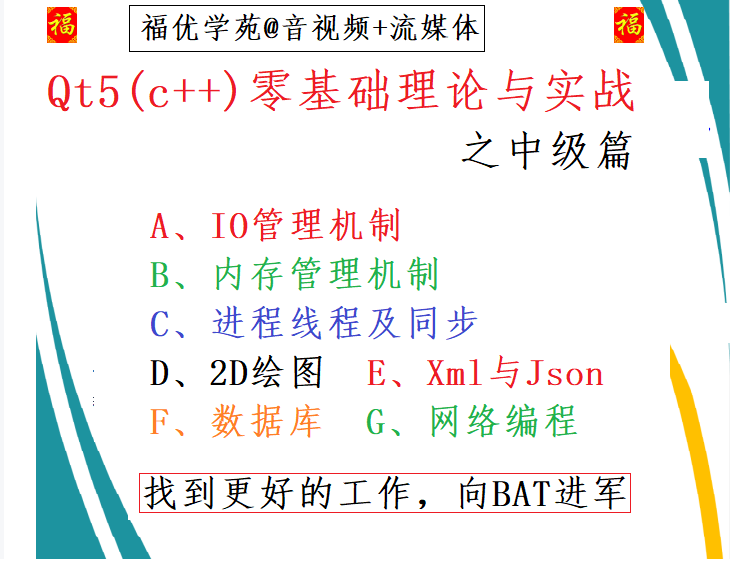

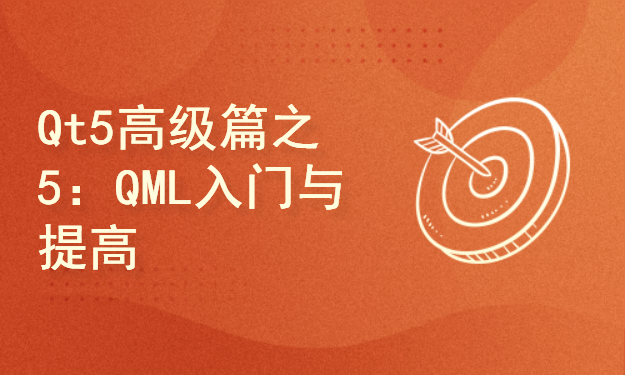



-
Course Introduction -
Course outline
-
Learn how to handle mouse and keyboard with DirectInput -
Learn the vertex cache and index cache of D3D, and the four transformations -
Construction and configuration of D3D development environment -
Learn how to handle mouse and keyboard with DirectInput -
Learn the texture mapping, lighting and materials, and alpha blending techniques of D3D -
3D particle system for D3D programming -
Construction and configuration of D3D development environment -
Vertex cache and index cache of D3D -
Four transformations of the 3D world -
Depth Test and Z Cache of D3D Programming
Chapter 1 Construction and configuration of D3D development environment (47 minutes Section 4) 1-1 Overview and content introduction of D3D zero development chapter Wins6-1.0 -- Overview and content introduction of D3D zero development chapter "Only for paying users" click to download "Windows Game Programming 6: D3D Programming_ Courseware and Code. rar" [13:23] Start learning 1-2 Installation of DirectX Development Kit Installation of DirectX Development Kit [06:38] Start learning Chapter 2 Windows Windows and Messages (1 hour and 4 minutes 6 sections) 2-1 Introduction to Windows windows and messages Wins6-2.1 -- Windows window and message introduction [07:01] Start learning 2-2 Introduction to VS2015 Creating Win32 Applications and Frameworks Introduction to VS2015 Creating Win32 Applications and Frameworks [10:12] Start learning 2-3 Register window class and create window Register window class and create window [15:03] Start learning 2-4 Message mechanism and where the message comes from Message mechanism and where the message comes from [15:23] Start learning Chapter 3 Fundamentals of GDI Programming (52 minutes 5 sections) 3-1 General Programming Framework of GDI Wins6-3.1 -- GDI's Universal Programming Framework [09:51] Start learning Chapter 4 Fundamentals of D3D Programming (1 hour and 3 minutes 6 sections) 4-1 General programming framework for D3D Wins6-4.1 -- A Universal Programming Framework for D3D [08:02] Start learning 4-3 D3D exchange chain and equipment interface D3D exchange chain and equipment interface [06:46] Start learning 4-5 Five Steps of D3D Rendering and Code Practice Five Steps of D3D Rendering and Code Practice [15:27] Start learning




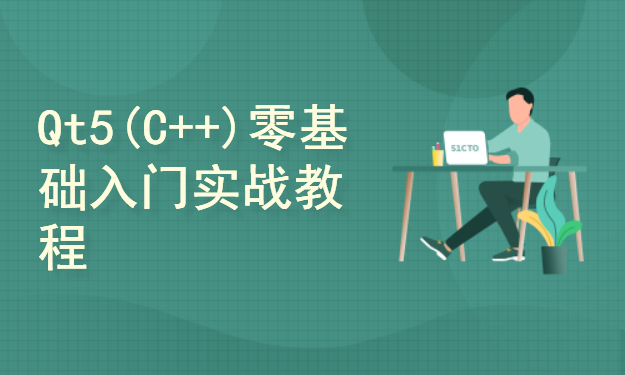
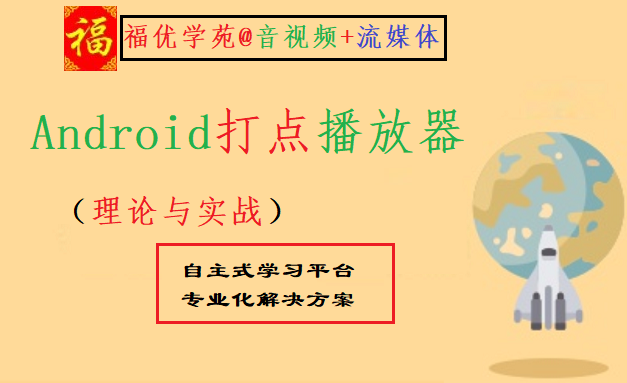
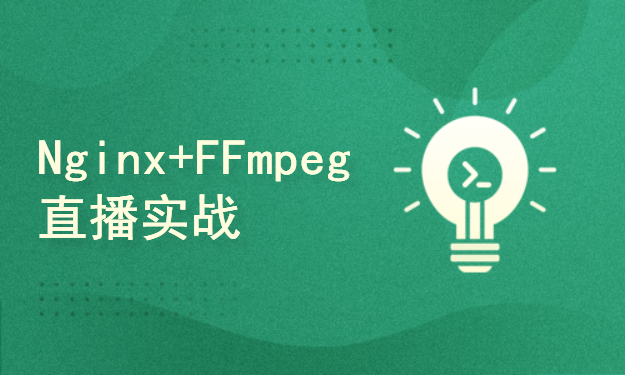
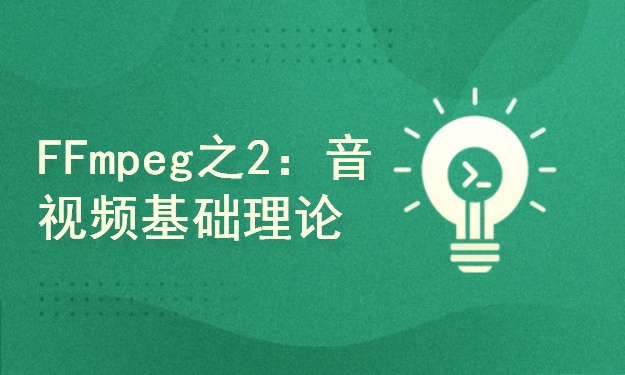
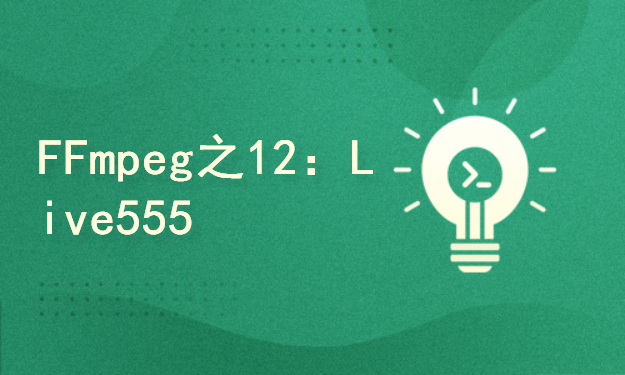
![FFmpeg4.3 Development Series 11: M3U8 Live On Demand Details [Video Slicing+AES Encryption+Multi stream Adaptation]](https://s2.51cto.com/images/avater/202203/55ffaa472814e90c4dd915c02746637bcbc012.jpg?x-oss-process=image)
